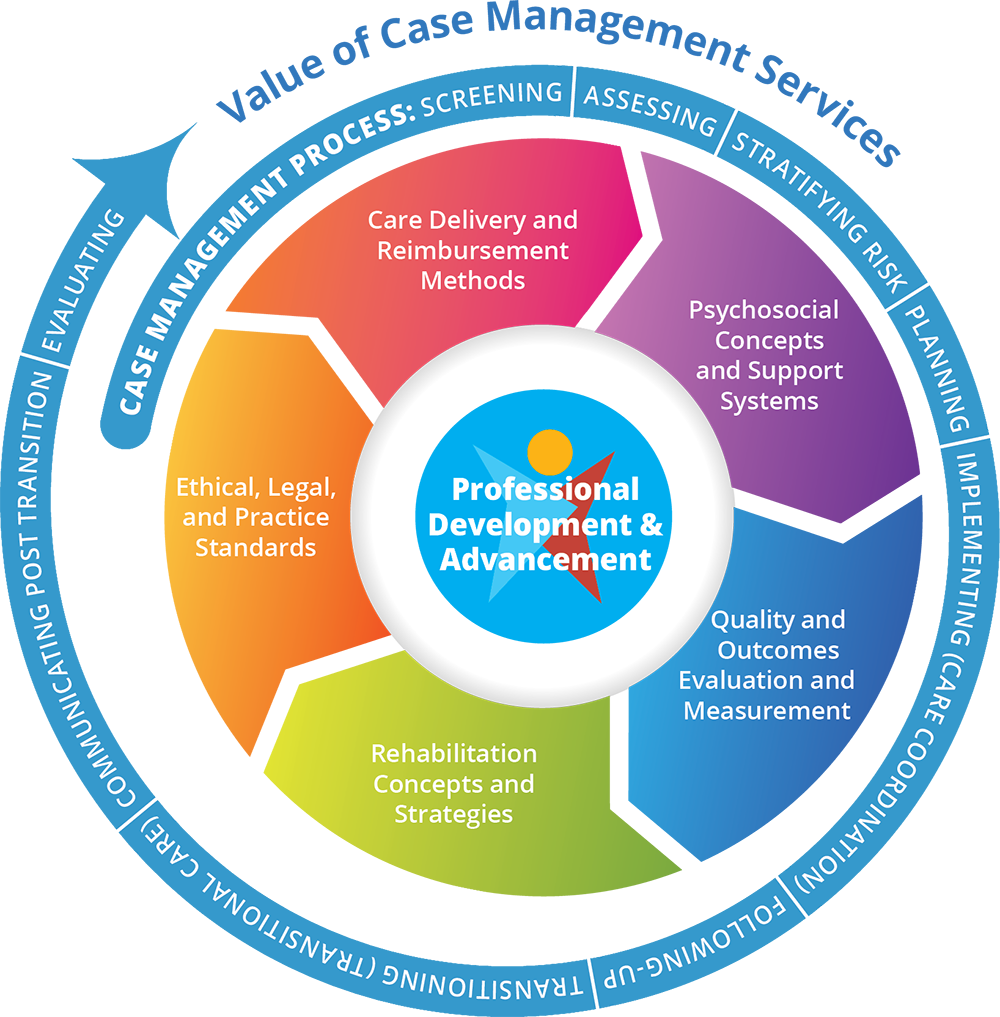If you’re a smoker, chances are you’ve heard someone say, “Stop smoking,” “Smoking is bad for you,” “Just stop!” You probably already know how bad it is for you to smoke. But you just can’t seem to quit—even if your healthcare provider has already told you it can make your asthma or COPD worse. In fact, smoking is the number 1 reason people get COPD—and it’s also the most common trigger to set off an asthma attack.
If you started smoking as a child or teenager, it can slow down how your lungs grow. It can also put you more at risk for getting COPD as you get older. Tobacco smoke is unhealthy for everyone, especially for people with asthma.
It’s also helpful if the places where you live, work, and visit are smoke-free. Secondhand smoke is smoke that comes from other people smoking cigarettes, cigars, or pipes and can also make your COPD or asthma worse.
Did you know that 21% of people with asthma are smokers? If you smoke, quit today!
Tools For Quitting Smoking
Quitting is easier said than done. Smoking is an addiction, like street drugs or alcoholism. It makes you crave a
cigarette deep inside you, both physically and mentally. The good news is that there are tools that can help you stop smoking for good:
-
Nicotine replacement therapy (NRT). When you stop smoking, your body has to get used to not having nicotine. That’s what nicotine withdrawal is. You may feel cranky, have trouble sleeping, and feel like you have the flu. NRT helps you manage these physical withdrawal symptoms so you can start working on the feelings that you have about quitting, such as anger, sadness, and fear. Studies show that using NRT can almost double your chances of success. The best time to use NRT is when you first quit. Make sure to speak to your healthcare provider before starting NRT. There are some people who should not use NRT.
NRT comes in several different ways: gum, patches that you put on your skin, sprays, inhalers, and lozenges. You and your healthcare provider can decide which works best for you
-
Prescription drugs. There are some prescriptions that have been found to help you quit by changing the way you think about cigarettes. They help get rid of your need to have a cigarette. Some can be taken while you also take NRT. Others must be started weeks before you decide to quit. Speak to your healthcare provider to see if one of these drugs is right for you
-
Emotional support. Wanting to have a cigarette because you feel sad or depressed or scared is another symptom of withdrawal. But you can find help to manage your feelings, with counselors who understand what you are going through:
- Telephone-based help with trained counselors, who are available day and night
- Quit-smoking programs and support groups, such as Nicotine Anonymous® and groups sponsored by the American Cancer Society, the American Lung Association, or your local hospital
- One-on-one counseling with a trained social worker or psychologist
- Your family and friends can also lend a helping hand when a craving hits
Try, Try Again
If you try to quit but end up going back to smoking, you’re not alone. Many people go back in the first month after quitting because of withdrawal symptoms. In fact, it can take up to 10 tries to finally quit for good!
Other Ways to Quit Smoking
The following methods have worked to help some people quit smoking, but they have not been proven in scientific studies:
- Cold turkey
- Withdrawing slowly
- Tobacco lozenges and pouches
- Hypnosis
- Acupuncture
- Magnet therapy
- Herbs and supplements
- Yoga and meditation
Fifteen years after quitting smoking, your risk of coronary heart disease becomes the same as a non-smoker!
Quitting smoking isn’t easy. But millions of people have quit—and you can, too!

